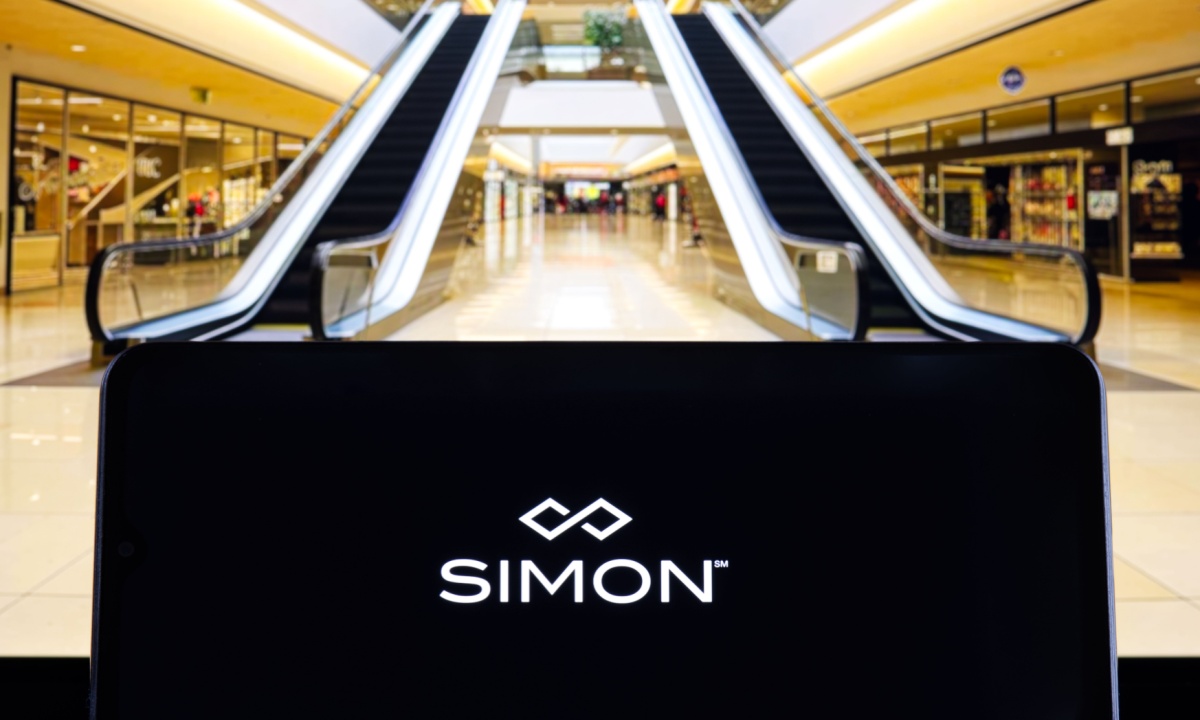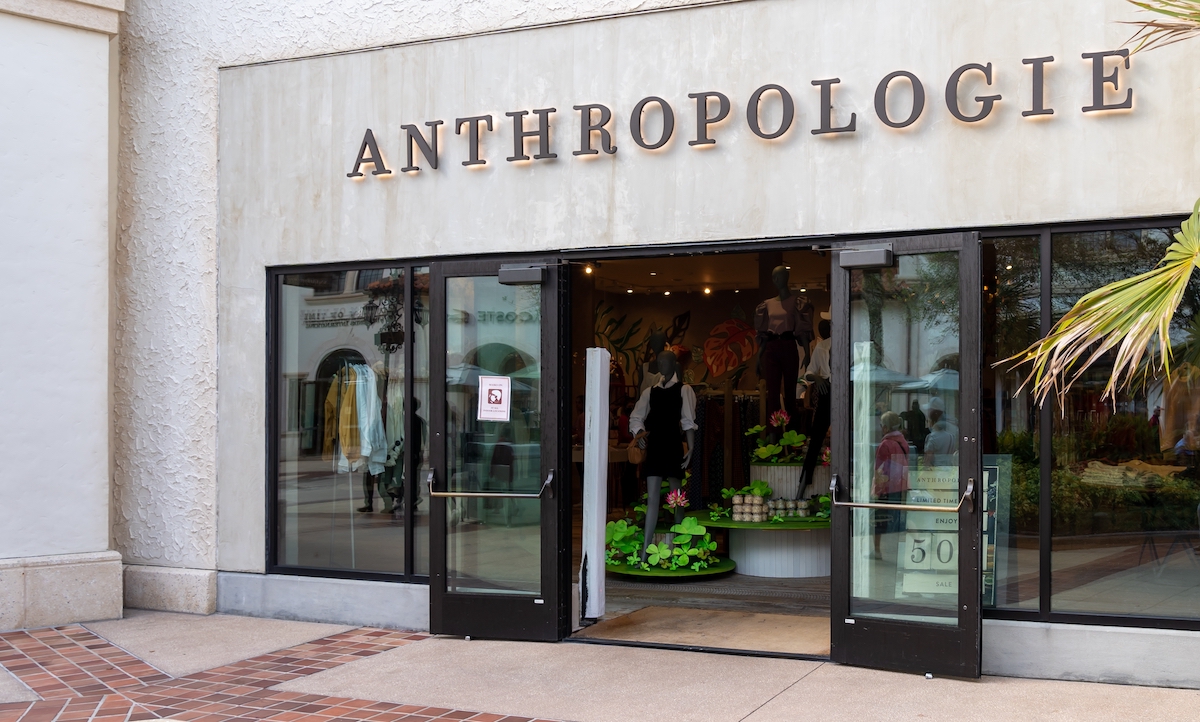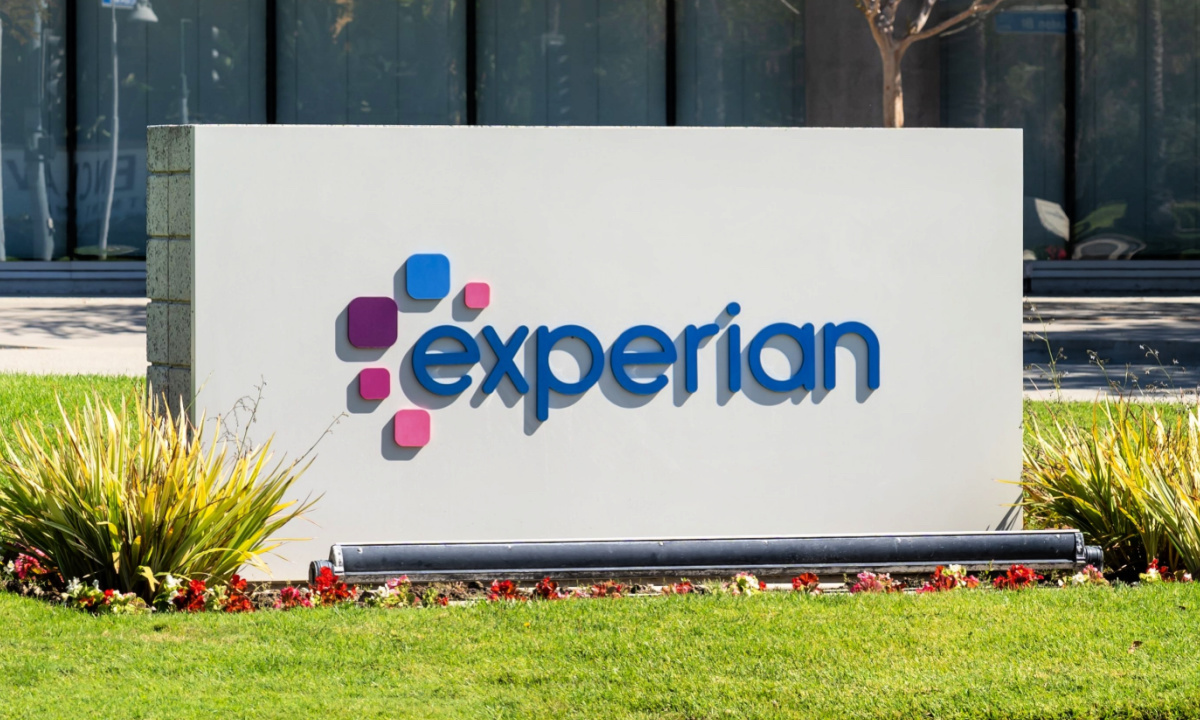In a commercial real estate environment still grappling with inflationary pressures, evolving consumer behavior and global economic uncertainty, observers would be forgiven for embracing prevailing narratives about the death of brick-and-mortar retail.
But as uncertainty prevails, some firms are finding their footing by leaning on a combination of disciplined capital allocation, high-quality assets and strategic growth investments.
That was the news Simon Property Group’s executives shared on Monday (Aug. 4) during the company’s second quarter 2025 earnings call, stressing that that scale, location and operational rigor can yield durable financial results.
“We delivered another successful quarter, driven by the quality of our portfolio and disciplined execution,” said Simon Property Group President and CEO David Simon. “Our strategic investments and A-rated balance sheet position us for sustained long-term cash flow growth.”
The company’s management raised its full-year 2025 guidance, setting Real Estate FFO between $12.45 and $12.65 per share. The upward revision reinforces Simon’s narrative: even amid macro turbulence, its diversified real estate platform continues to generate steady cash flow.
Read more: Simon Property Group: Elimination of De Minimis Exemption Provides ‘Material Benefit’ to US Retailers
Consumer Expectations and the New Retail Equation
Even as inflationary concerns and high interest rates continue to pressure household budgets, shoppers are still engaging with in-person retail — particularly in premium, well-located centers.
At the property level, Simon’s U.S. Malls and Premium Outlets segment, which accounts for over 70% of Net Operating Income (NOI), demonstrated renewed strength. Occupancy reached 96% as of June 30, an increase of 40 basis points year-over-year.
Base minimum rent per square foot climbed to $58.70, a 1.3% increase, while reported tenant sales per square foot rose to $736, suggesting continued consumer engagement with physical retail experiences.
Geographically, Simon’s NOI remains concentrated in high-income, high-tourism states. Florida (19.2%), California (13.8%) and Texas (10.2%) represent the lion’s share of U.S. contributions, positioning Simon to benefit from population migration trends, international tourism rebounds and luxury spending resilience.
In June, Simon acquired its partner’s interest in the retail and parking components of Brickell City Centre in Miami, consolidating full ownership of the high-profile urban asset. While terms were undisclosed, the move underscores Simon’s appetite for trophy properties in gateway markets. Brickell’s dense urban footprint and proximity to affluent consumers align with Simon’s broader strategy of controlling iconic assets in prime locations.
The continued rise of eCommerce is no longer viewed as a death knell for physical retail but as a catalyst for transformation. Simon’s strategic equity stakes in digital platforms and hybrid retail operators like Rue Gilt Groupe and Catalyst Brands indicate a willingness to straddle both worlds. Consumers today aren’t choosing between online and in-person — they want both, seamlessly.
The PYMNTS Intelligence report, “2024 Global Digital Shopping Index,” gleaned insights from a survey of nearly 14,000 consumers across seven countries about their omnichannel buying behaviors and preferences. The results revealed roughly four in 10 consumers are now Click-and-Mortar™ shoppers, favoring purchasing journeys that combine the digital and the physical over pure-play brick-and-mortar or eCommerce.
Navigating Sector, Macro and Global Headwinds
As macro uncertainties persist, the strength of Simon’s Q2 may be less about beating expectations and more about restoring belief in the resilience of the American shopper.
Yet despite its strong fundamentals, Simon is not insulated from structural and cyclical risks. The competitive threat of eCommerce persists, particularly in commodity retail categories. Lease renegotiations, tenant bankruptcies and mall footfall volatility remain watch points, per the company’s investor call.
Simon leadership also flagged global risk factors, including geopolitical instability, supply chain disruptions and foreign currency volatility, given its exposure to Europe and Asia.
Management acknowledged these headwinds but pointed to diversified income streams, tier-one property locations and disciplined cost management as key buffers.
Ultimately, the broader retail narrative may remain muddied by disruption and doubt, but Simon Property Group’s results underscore that where consumer confidence intersects with quality, retail may be both viable and vibrant.



 Cyber Security3 weeks ago
Cyber Security3 weeks ago
 Cyber Security3 weeks ago
Cyber Security3 weeks ago
 Fintech3 weeks ago
Fintech3 weeks ago
 Artificial Intelligence3 weeks ago
Artificial Intelligence3 weeks ago
 Fintech3 weeks ago
Fintech3 weeks ago
 Fintech3 weeks ago
Fintech3 weeks ago
 Fintech2 weeks ago
Fintech2 weeks ago
 Latest Tech News3 weeks ago
Latest Tech News3 weeks ago

